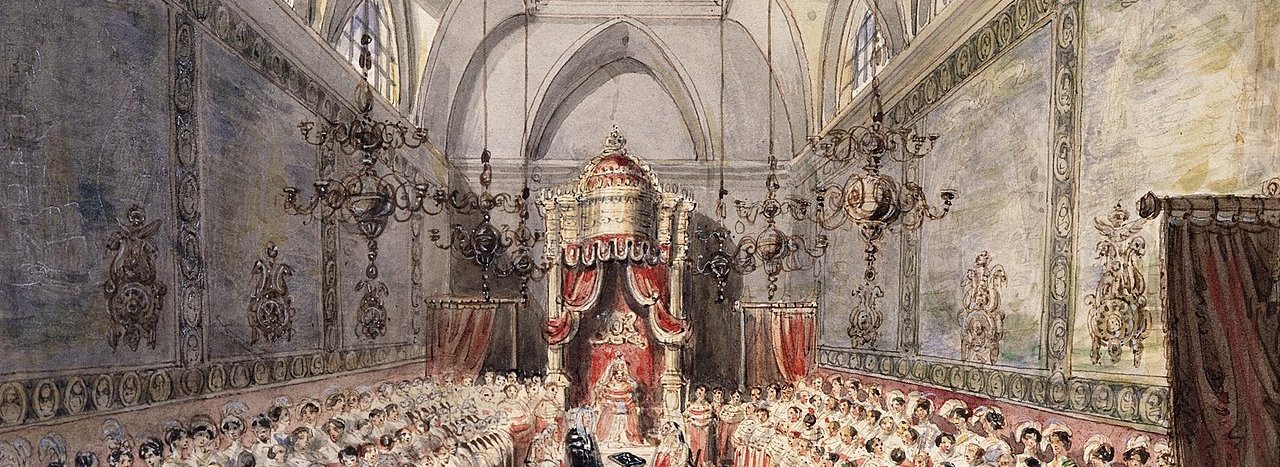| 1 min read
By long-standing convention, the prime minister sits in the House of Commons. This article adopts the perspective of a thought experiment in which the premier moves to the House of Lords instead, exploring the potential advantages and drawbacks of this scenario from multiple perspectives. This move would entail shifts in the prime minister's roles and responsibilities, with knock-on implications for the day-to-day functioning of the upper house. While a red-bench premier would be less connected with the quotidian dynamics of electoral politics, they could also take a more strategic, long-term view of politics and engage more actively in deliberative debate in a revitalised second chamber. The shift would also prompt significant debates surrounding non-elective aspects of the constitution, including the House of Lords, raising important questions about legitimacy and representation. While acknowledging the unlikelihood of such a change, the article argues nonetheless that—as with all thought experiments—taking the possibility seriously can stimulate deeper thinking and challenge conventional assumptions about constitutional arrangements.
Need help using Wiley? Click here for help using Wiley







